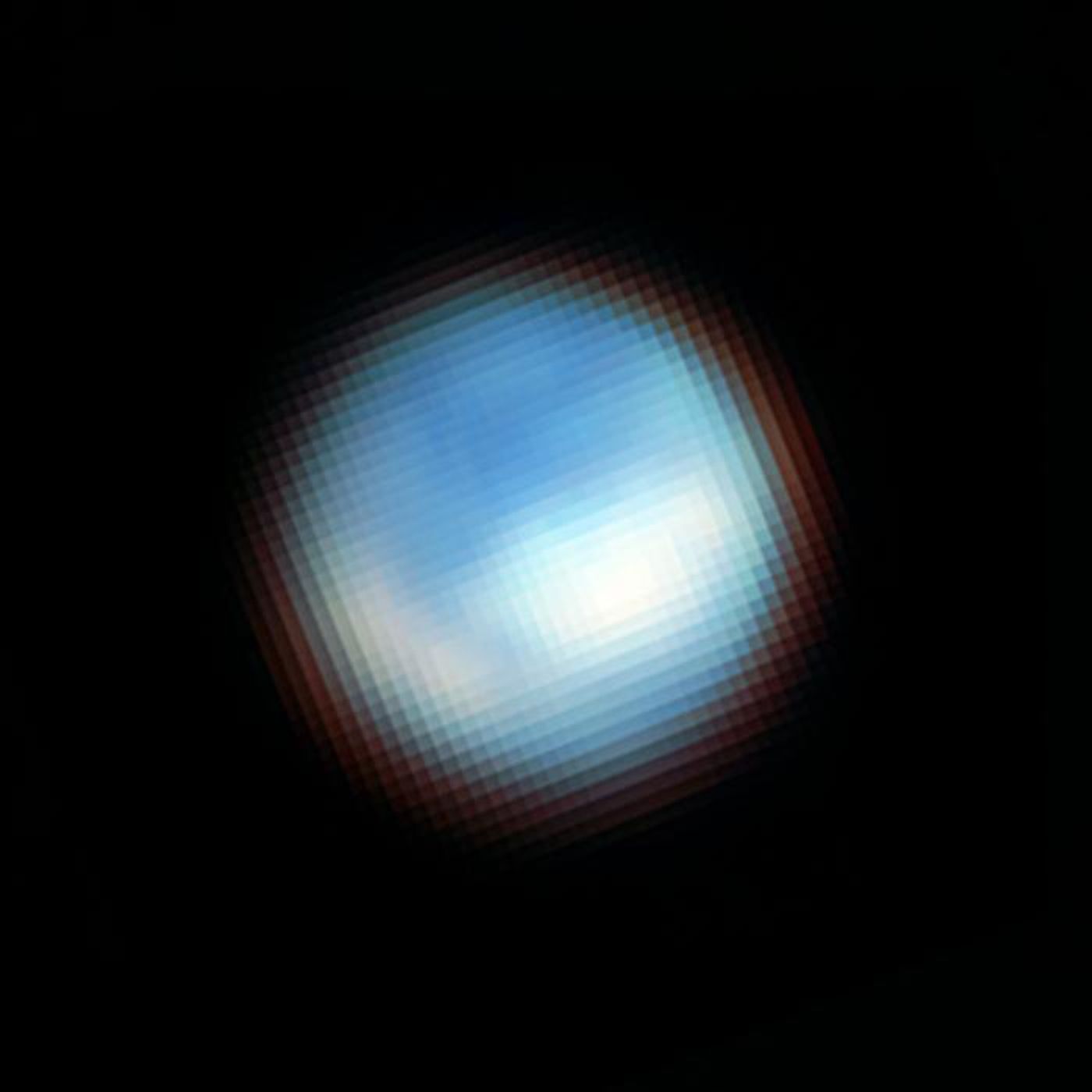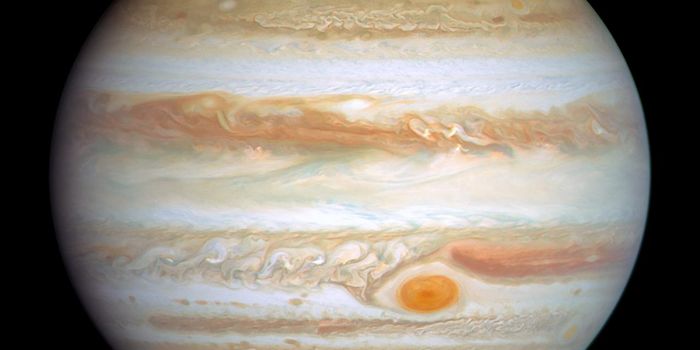Europa's Mysterious Carbon Dioxide: Clues from Webb's Spectrograph
NASA’s James Webb Space Telescope (JWST) continues to dazzle as its suite of instruments unlock one mystery after another about our every-mysterious universe. Most recently, humanity’s most powerful space telescope ever built turned its gaze to Jupiter’s ocean moon, Europa, and discovered carbon dioxide on a small patch of its icy crust known as Tara Regio. This small surface feature is comprised of geologically young material commonly referred to as “chaos terrain”, which has long been hypothesized to be parts of the surface that has been disrupted by upwelling water from the liquid water ocean that resides deep beneath Europa’s icy crust. These findings are slated to be published in two papers in the journal Science and hold the potential to possibly find life on Europa since carbon is one of the key building blocks for life.
“We now think that we have observational evidence that the carbon we see on Europa’s surface came from the ocean. That's not a trivial thing. Carbon is a biologically essential element,” said Dr. Samantha Trumbo, who is a 51 Pegasi b Postdoctoral Fellow at Cornell University lead author of the second paper responsible for analyzing this new data.
Using JWST’s Near-Infrared Spectrograph (NIRSpec) instrument, the team was successful in identifying the small concentration of carbon dioxide at Tara Regio, noting that carbon dioxide isn’t stable across Europa’s surface. Therefore, they concluded its existence on the surface must be geologically recent. With NIRSpec, the team was able to analyze spectra data with a resolution of 200 by 200 miles (320 by 320 kilometers), with Europa’s diameter being 1,944 miles (3,129 kilometers) across.
Image of Jupiter’s moon, Europa, taken by the James Webb Space Telescope’s NIRCam (Near-Infrared Camera) instrument. JWST identified a small concentration of carbon dioxide at Tara Regio, a form of “chaos terrain”, which scientists hypothesized came from the moon’s subsurface liquid water ocean. (Credit: Science Credit: Geronimo Villanueva (NASA/GSFC), Samantha Trumbo (Cornell Univ.), NASA, ESA, CSA. Image Processing Credit: Geronimo Villanueva (NASA/GSFC), Alyssa Pagan (STScI))
Graphic showing Europa’s surface taken with JWST’s NIRCam (Near-Infrared Camera) instrument (first panel) and compositional maps obtained from JWST’s NIRSpec/IFU (Near-Infrared Spectrograph’s Integral Field Unit) data in the remaining three panels. The white pixels in the three compositional maps indicate to carbon dioxide in the large-scale region of disrupted “chaos terrain” known as Tara Regio (center and right), with additional concentrations within areas of Powys Regio (left), another “chaos terrain” feature. The second and third panels exhibit evidence of crystalline carbon dioxide, while the fourth panel shows a compound and formless form of carbon dioxide. (Credit: Science Credit: Geronimo Villanueva (NASA/GSFC), Samantha Trumbo (Cornell Univ.), NASA, ESA, CSA. Image Processing Credit: Geronimo Villanueva (NASA/GSFC), Alyssa Pagan (STScI))
In addition to the carbon dioxide, the team also used JWST to try and locate evidence of water plumes that was previously reported as tentative detections by NASA’s Hubble Space Telescope in 2013, 2016, and 2017. However, the team was unable to identify any indication of water plume activity emanating from Europa during this observation period.
“There is always a possibility that these plumes are variable and that you can only see them at certain times. All we can say with 100% confidence is that we did not detect a plume at Europa when we made these observations with Webb,” said Dr. Heidi Hammel, who is an interdisciplinary scientist on JWST.
The team hopes to use these findings and data to help better prepare scientists for the upcoming NASA Europa Clipper mission, currently due to launch in October 2024, and the European Space Agency’s Jupiter Icy Moons Explorer (JUICE) mission, which launched in April 2023 and is currently en route to Jupiter.
What new discoveries will scientists make about carbon dioxide on Europa and its potential for finding life on this small moon in the coming years and decades? Only time will tell, and this is why we science!
As always, keep doing science & keep looking up!
Sources: EurekAlert!, NASA, NASA (1), Webb Space Telescope, NASA (2), NASA (3), NASA (4), NASA (5), European Space Agency










